(595) Isaniwa Yukiya and Hidden Christian in Matsuyama [調べる]
First of all, I'm going to explain about Isaniwa Yukiya, whom you know very well:
In 1889 (M22), the town and village system started using. Isaniwa Yukiya became the first mayor of Dogo-Yuno-machi town in 1890 (M23) at the age of 62. At that time, the buildings of Dogo Hot Springs had become too old and had to be reconstructed.
In 1889 (M22), the town and village system started using. Isaniwa Yukiya became the first mayor of Dogo-Yuno-machi town in 1890 (M23) at the age of 62. At that time, the buildings of Dogo Hot Springs had become too old and had to be reconstructed.
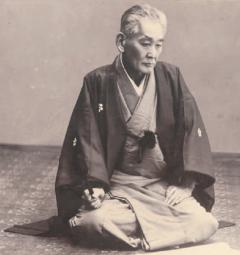
Therefore, Isaniwa Yukiya planned to reconstruct the building into a magnificent, three-story structure. Because of the large cost (130,000 yen at that time), many residents opposed the plan.
Isaniwa persuaded them by saying, "The first thing that counts is building something that no one else can imitate, even 100 years from now". And he finally completed the reconstruction of the main building in 1894 (M27).
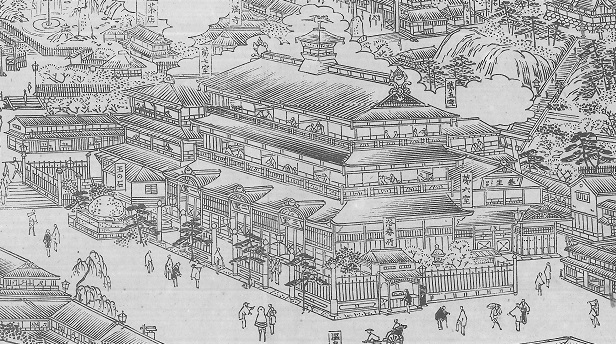
Next, I am explaining about Hidden Christian in Matsuyama. This picture shows the Monument to Nagasaki Christian Deportation in Matsuyama.
The inscription says:
In the first year of Meiji (AD 1868), more than 100 of hidden Christians were deported from Nagasaki to Matsuyama. They endured three and half years of hard labor, and were forced to give up their faith.
In the first year of Meiji (AD 1868), more than 100 of hidden Christians were deported from Nagasaki to Matsuyama. They endured three and half years of hard labor, and were forced to give up their faith.
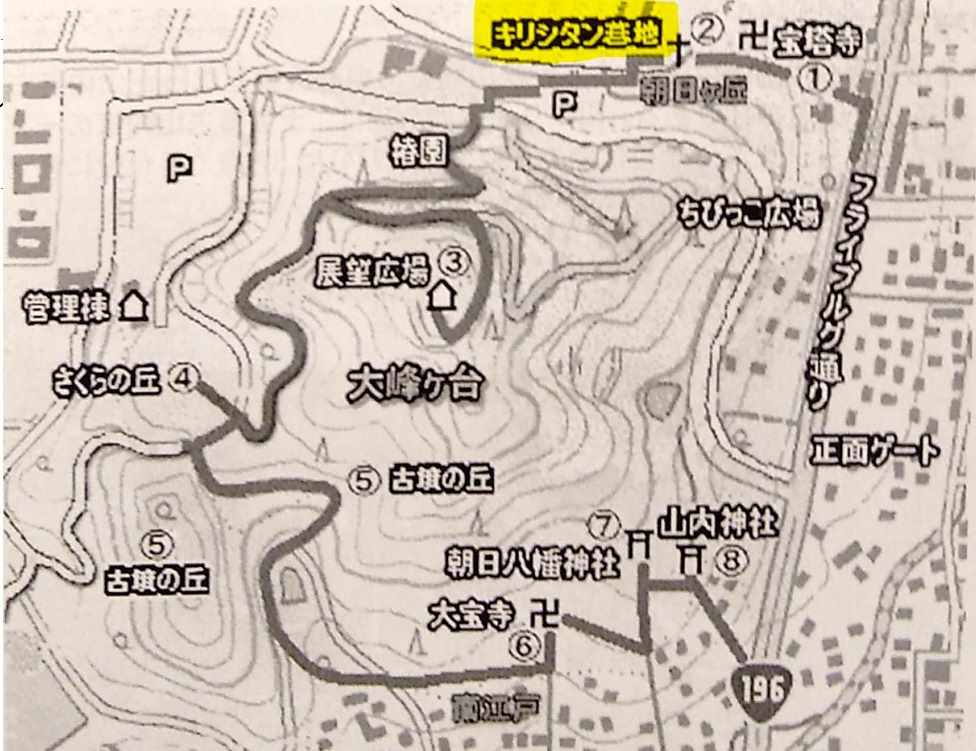
A guiding booklet explained about the Monument as follows:
In those days, continuing from the Shogunate era, Christianity was prohibited, and its followers were subject to severe punishment. However, even in the Nagasaki region, there were still Christian believers. Christian believers in the Nagasaki region had been divided and entrusted to various clans, with the aim of persuading them to convert. Matsuyama clan had the Christian believers under its care. Isaniwa Yukiya and Naitou Meisetsu and another person were assigned the role of handling the foreign religion believers.
In those days, continuing from the Shogunate era, Christianity was prohibited, and its followers were subject to severe punishment. However, even in the Nagasaki region, there were still Christian believers. Christian believers in the Nagasaki region had been divided and entrusted to various clans, with the aim of persuading them to convert. Matsuyama clan had the Christian believers under its care. Isaniwa Yukiya and Naitou Meisetsu and another person were assigned the role of handling the foreign religion believers.
I was surprised to find Isaniwa Yukiya here. There was Isaiwa Yukiya whom we don't know very well. Why him? What was so special about Isaniwa Yukiya? I was interested in how Isaniwa persuaded and converted the Christian believers?

Naito Meisetsu wrote about Isaniwa in his autobiography:
Meiji government officers visited Matsuyama clan to inspect the condition of the Christian believers. The Vice Minister of Foreign Affairs recommended that our clan officers take a gentler approach, as it would be more effective. So, as an inexperienced student, I was tasked with giving a sermon to the believers. Since I had little experience, I asked Isaniwa Yukiya, a more experienced individual, to go in my place. He was eloquent and had some knowledge of religious matters, so he spoke gently and generously, using various analogies to deliver a successful sermon.
Meiji government officers visited Matsuyama clan to inspect the condition of the Christian believers. The Vice Minister of Foreign Affairs recommended that our clan officers take a gentler approach, as it would be more effective. So, as an inexperienced student, I was tasked with giving a sermon to the believers. Since I had little experience, I asked Isaniwa Yukiya, a more experienced individual, to go in my place. He was eloquent and had some knowledge of religious matters, so he spoke gently and generously, using various analogies to deliver a successful sermon.
One of the believers argued vehemently, but his arguments were heard, and it was clear he had misunderstood. In the end, both sides expressed their views, and the matter was left unresolved for that day.
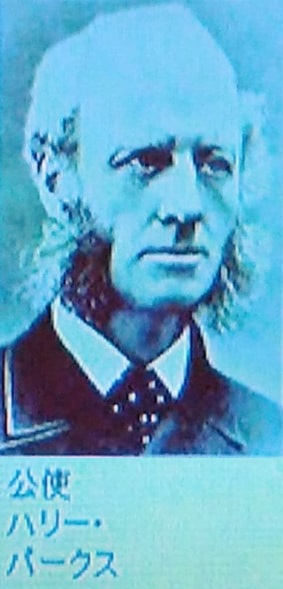
With the arrival of foreign diplomats, including Mr. Parks from England, who interfered in various matters, including the treatment of these believers. As a result, the handling of Christian believers needed to be somewhat lenient.
In 1873 (M6), Urakami Christians were allowed to return to their homes. Thus, Christianity and Christian believers gradually gained acceptance.
Deportation: 国外追放
inscription: 碑文
Shogunate: 幕府
subject: 服従している
entrusted: ゆだねる
autobiography: 自叙伝
inspect: 視察する
vehemently: 激しく
lenient: 厳しくしない
inscription: 碑文
Shogunate: 幕府
subject: 服従している
entrusted: ゆだねる
autobiography: 自叙伝
inspect: 視察する
vehemently: 激しく
lenient: 厳しくしない
*
資料、Materials
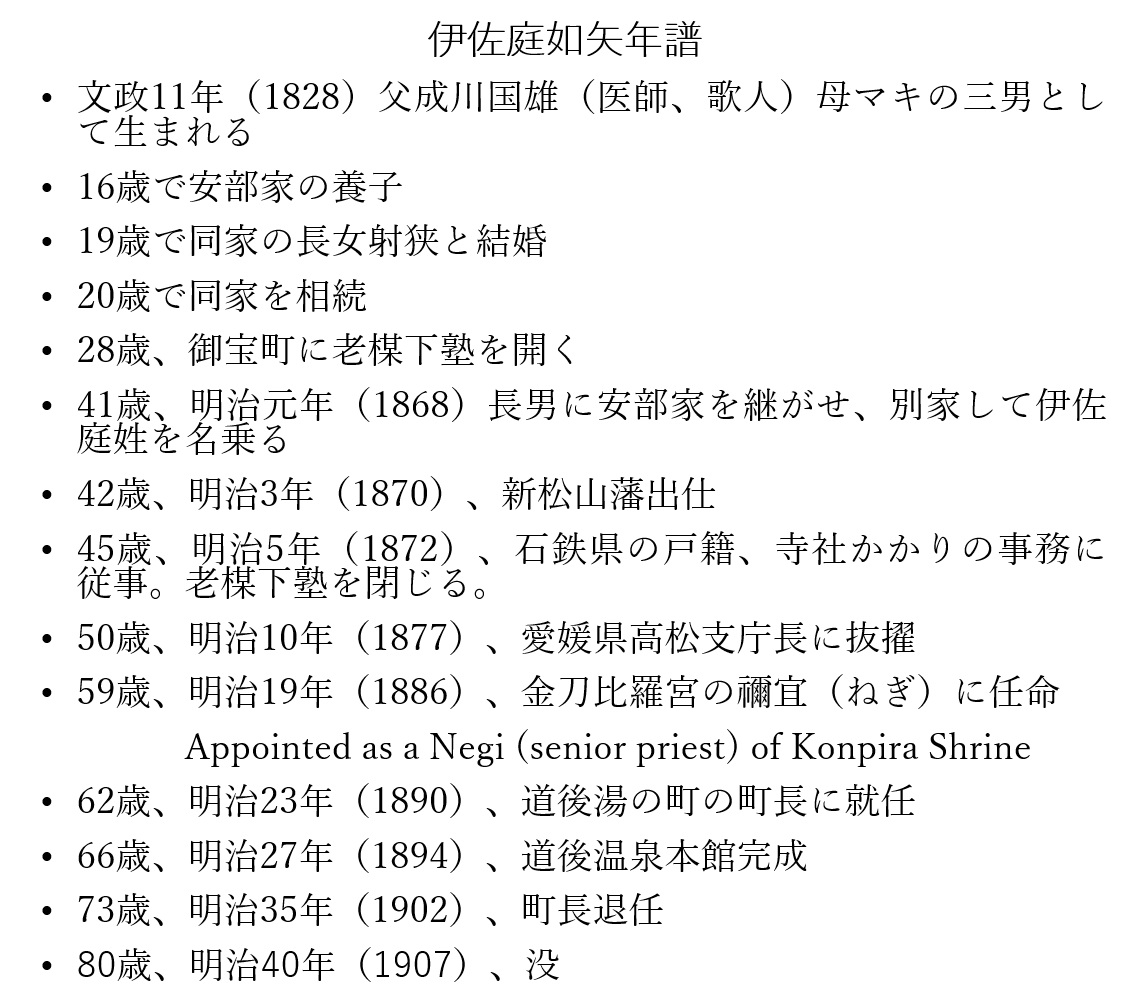
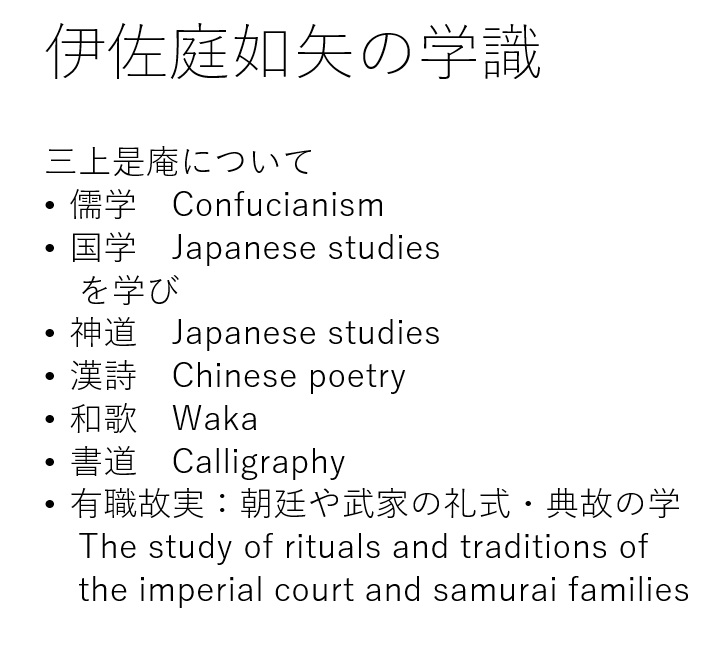




コメント 0